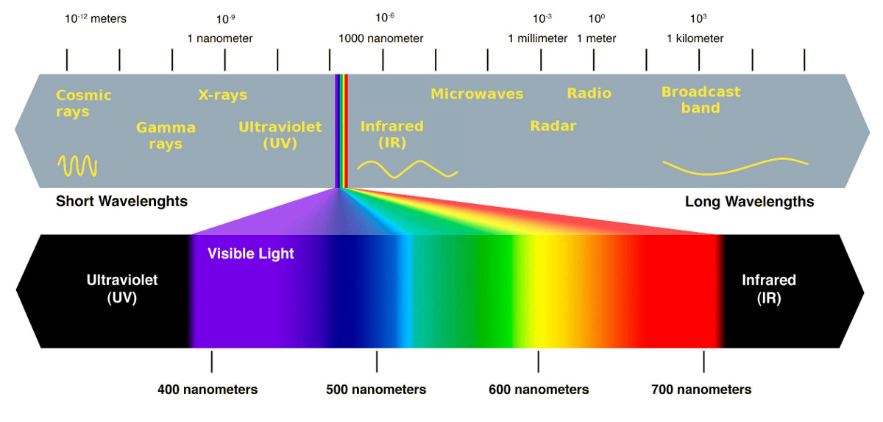Ultraviolet (UV) radiation is light waves that are just below the visible light spectrum. The effects of UV are well known as it relates to the potential adverse health effects to our skin and eyes. Rarely discussed are the many benefits of UV, unless you happen to work in an industry that utilizes it as part of their standard operating procedures. The Global Manufacturing Team is excited to support companies developing these valuable products.
Recent advances in the development of UV Light Emitting Diodes (LEDs) allows electronic engineers to design and develop UV devices using these solid-state LEDs, which offer several benefits. LEDs use much less energy, so they are less costly to operate, and they conserve energy. Most UV products available in the marketplace, use mercury vapor lighting tubes as the source of UV light output. To maintain the proper light wavelength, these tubes require annual replacement, which can be costly. LED devices, with quality engineering, do not degrade like mercury vapor tubes. As long as they are working, their light output is consistent, so they can potentially extend the life of equipment by more than 500%. Mercury vapor tubes also have end-of-life environmental concerns. When broken, mercury is released into the atmosphere, so increasing the use of these tubes is concerning. LEDs have no negative impact on the environment when disposed of, or components are recycled. We believe UV LEDs will not only revolutionize the UV industry in the same way they have the lighting industry, but they are already removing design obstacles and broadening possibilities.
Ultraviolet Uses
The most common uses for UV are:
UV Curing – many adhesives require UV exposure to cure and set. From dentistry to sealing critical electronic components, UV provides quick curing in many critical applications.
UV Germicidal (Sterilization and Disinfection) – Hospitals and restaurants use UV to clean equipment and surfaces where absolute sterilization is vital. Since bacteria, viruses, and other germs cannot survive when exposed to UV in the proper duration and wavelength, many industries have adopted the use of UV, which eliminates the use of harsh chemicals required to accomplish similar results.
Sanitary Compliance – A great way to inspect the sanitary conditions on surfaces is by using UV devices specifically designed to show biological contaminants. UV lights make bodily fluids and other pollutants visible, so hotels, hospitals, restaurants, educational institutions, and other entities use UV to assist in the verification of cleaning procedures and practices.
Forensics – The authorities use UV to collect evidence through the inspection, location, and sampling of bodily fluids identified at crime scenes.
Medical Treatments – Specific wavelengths of UV have positive effects on some skin conditions like psoriasis and Vitiligo. When UVB rays from the sun penetrate our skin, our cells convert the light into vitamin D, so it is an excellent treatment for anyone with a vitamin D deficiency.
It is an honor to support companies who are pioneering the use of UV LEDs in various essential products.
